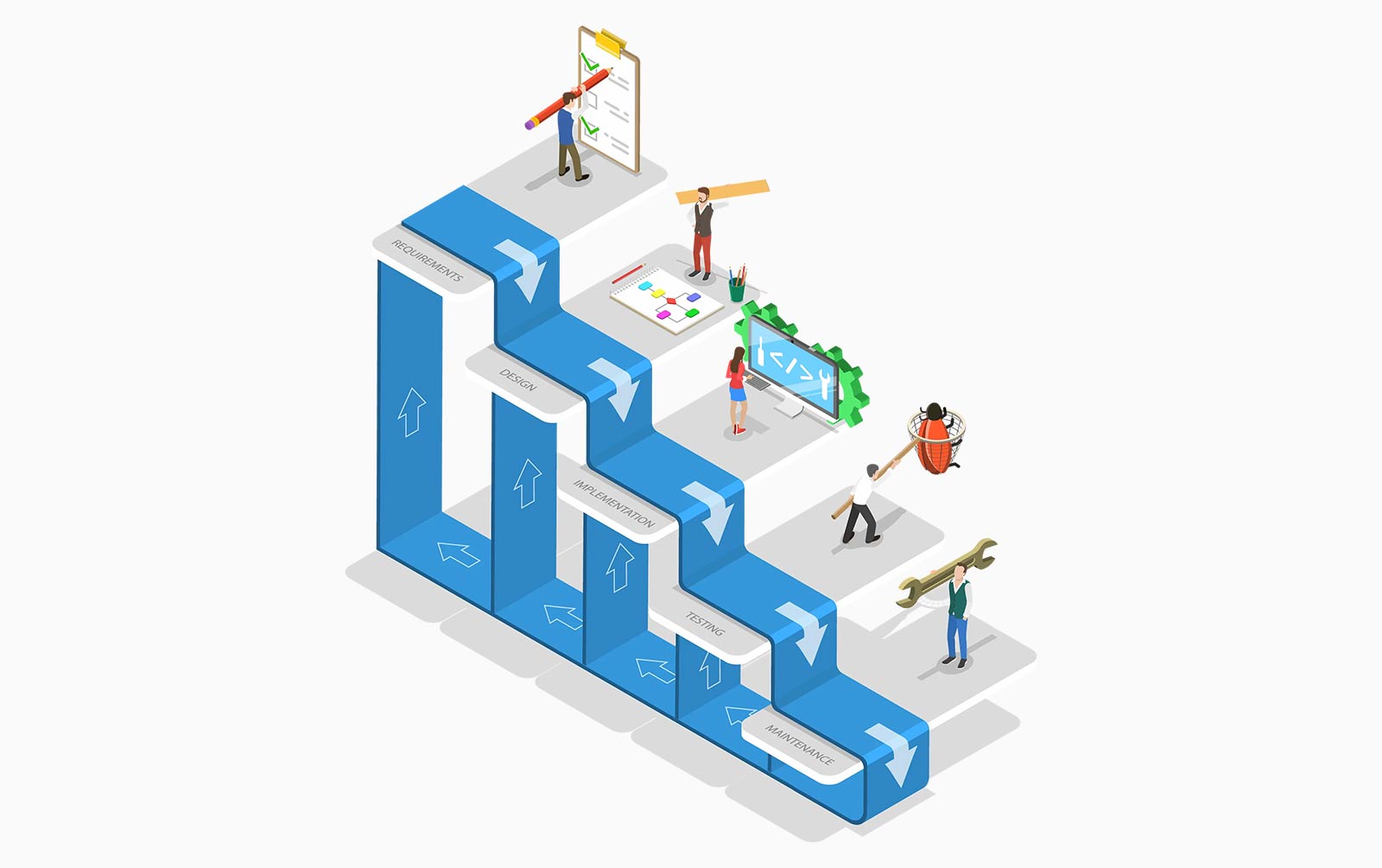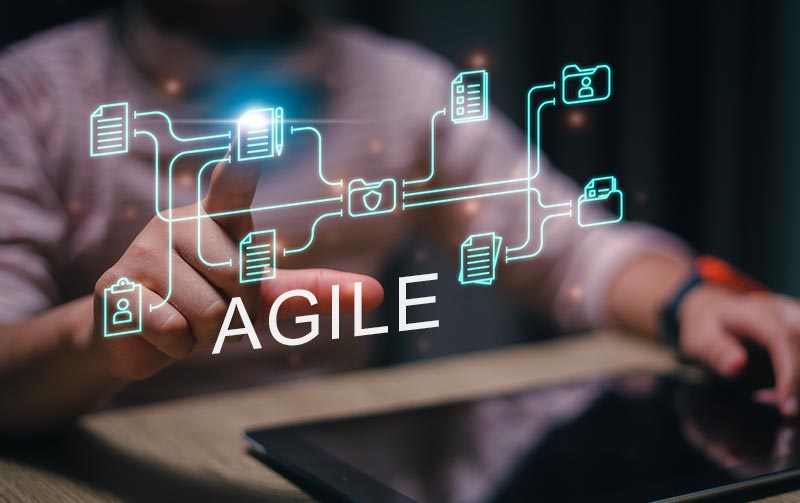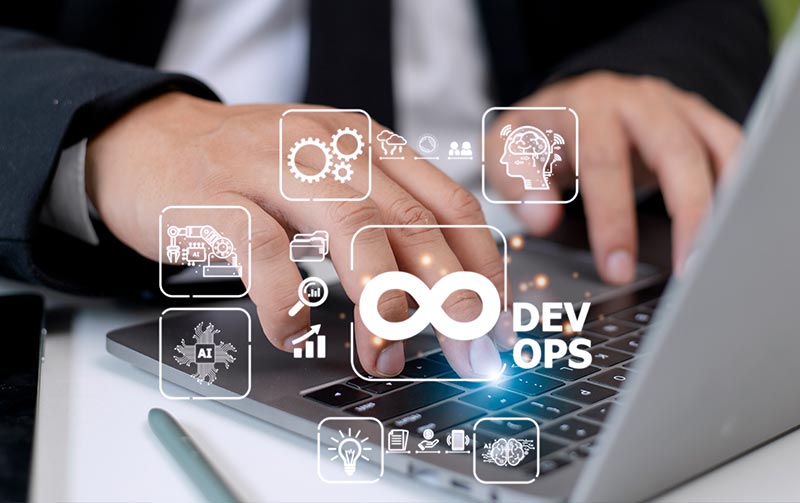




-
 Read more +
August 5, 2024 By Terra in Articles, Consulting, Methods, Staffing, Technology
Read more +
August 5, 2024 By Terra in Articles, Consulting, Methods, Staffing, Technology
Dilemma of Outsourcing versus Expansion





 Read more +
August 5, 2024 By Terra in Articles, Consulting, Methods, Staffing, Technology
Read more +
August 5, 2024 By Terra in Articles, Consulting, Methods, Staffing, Technology